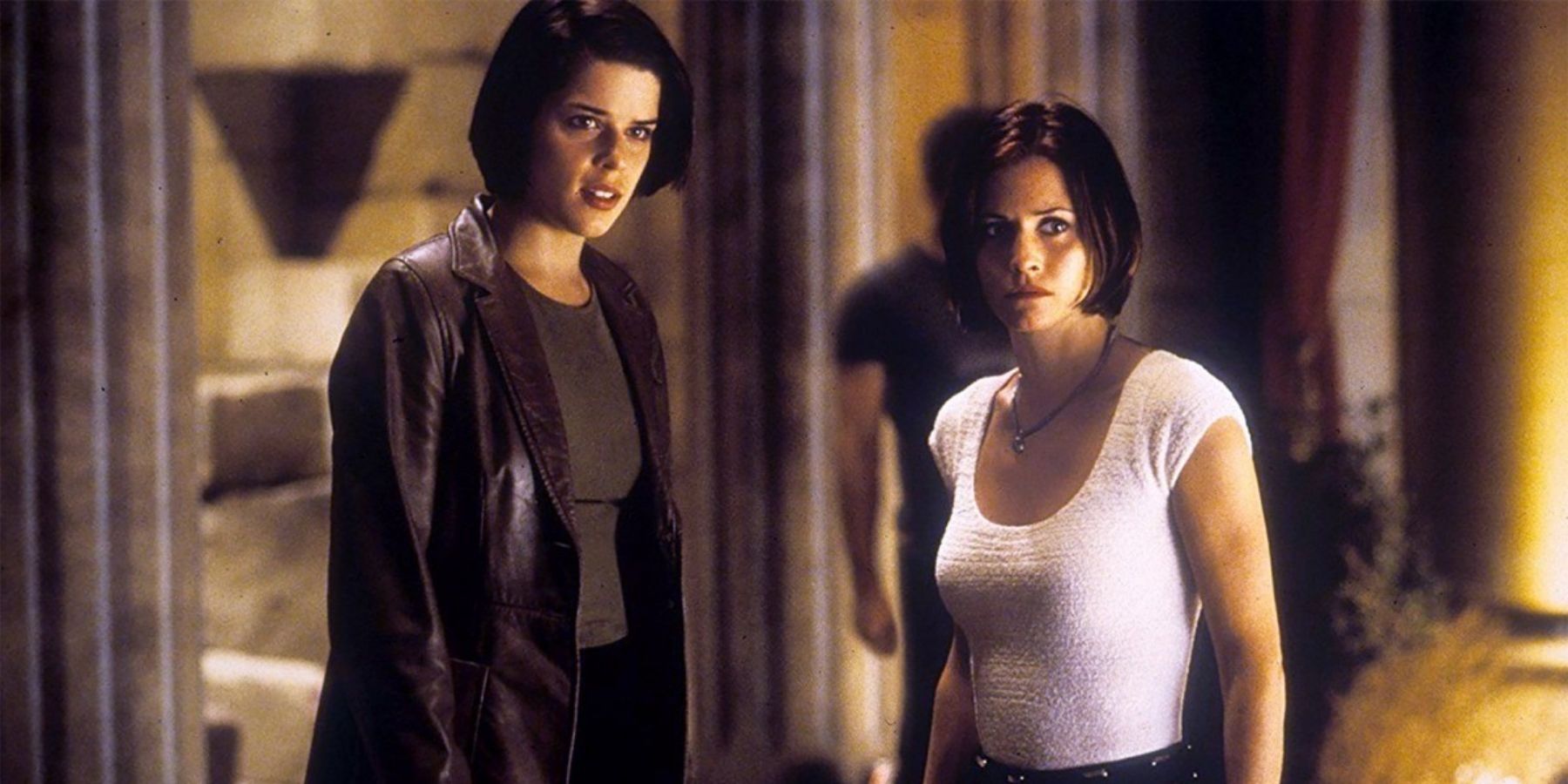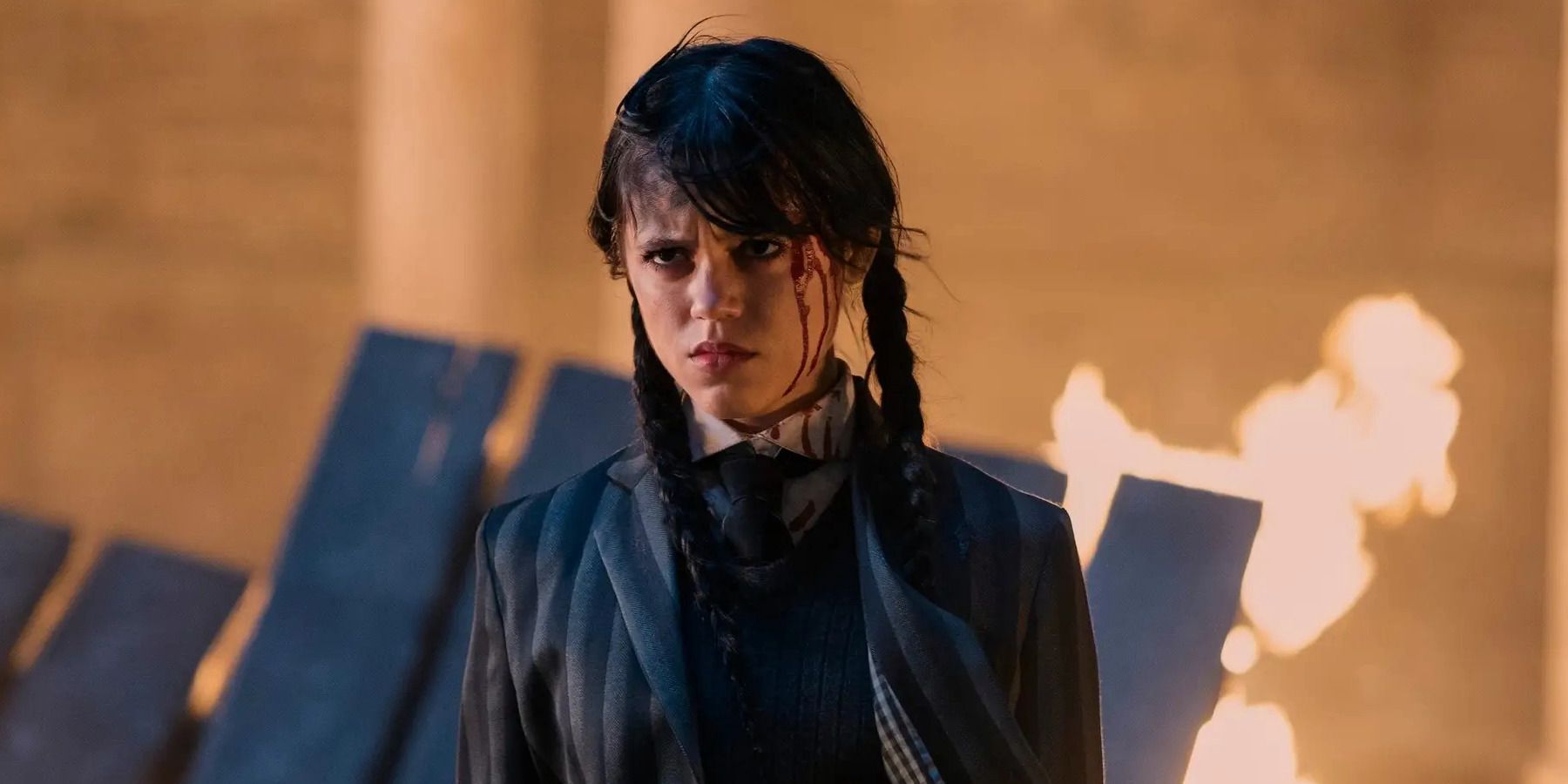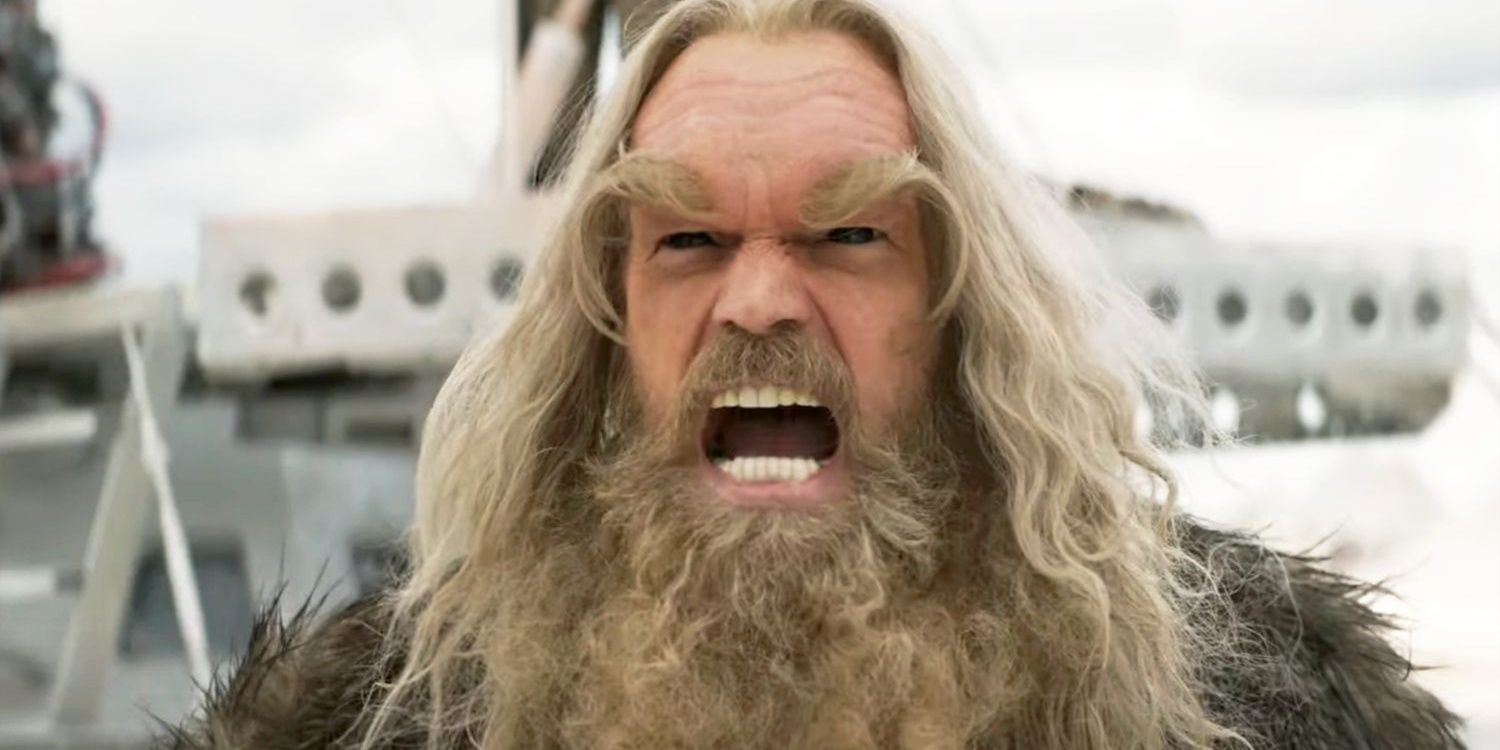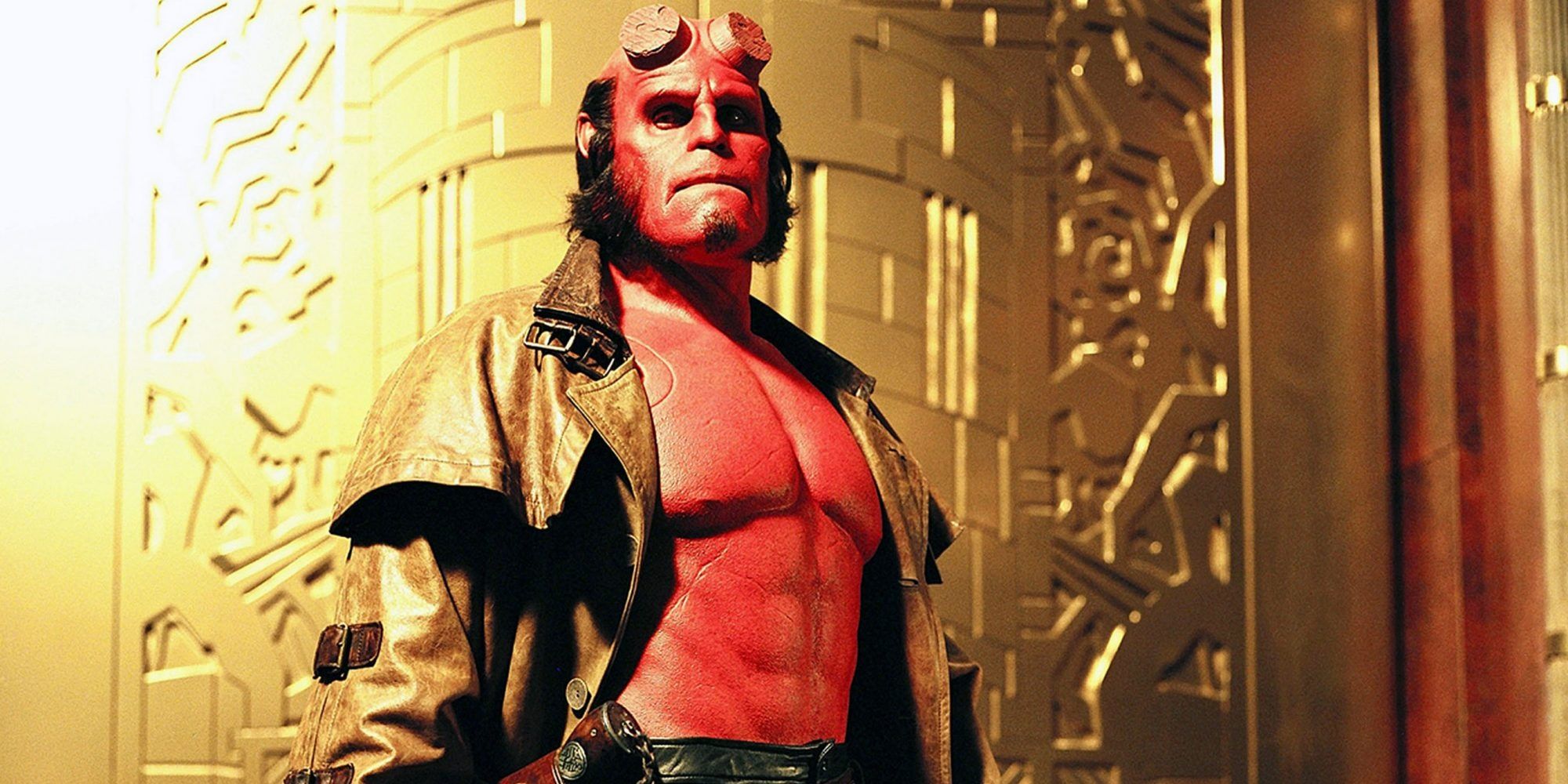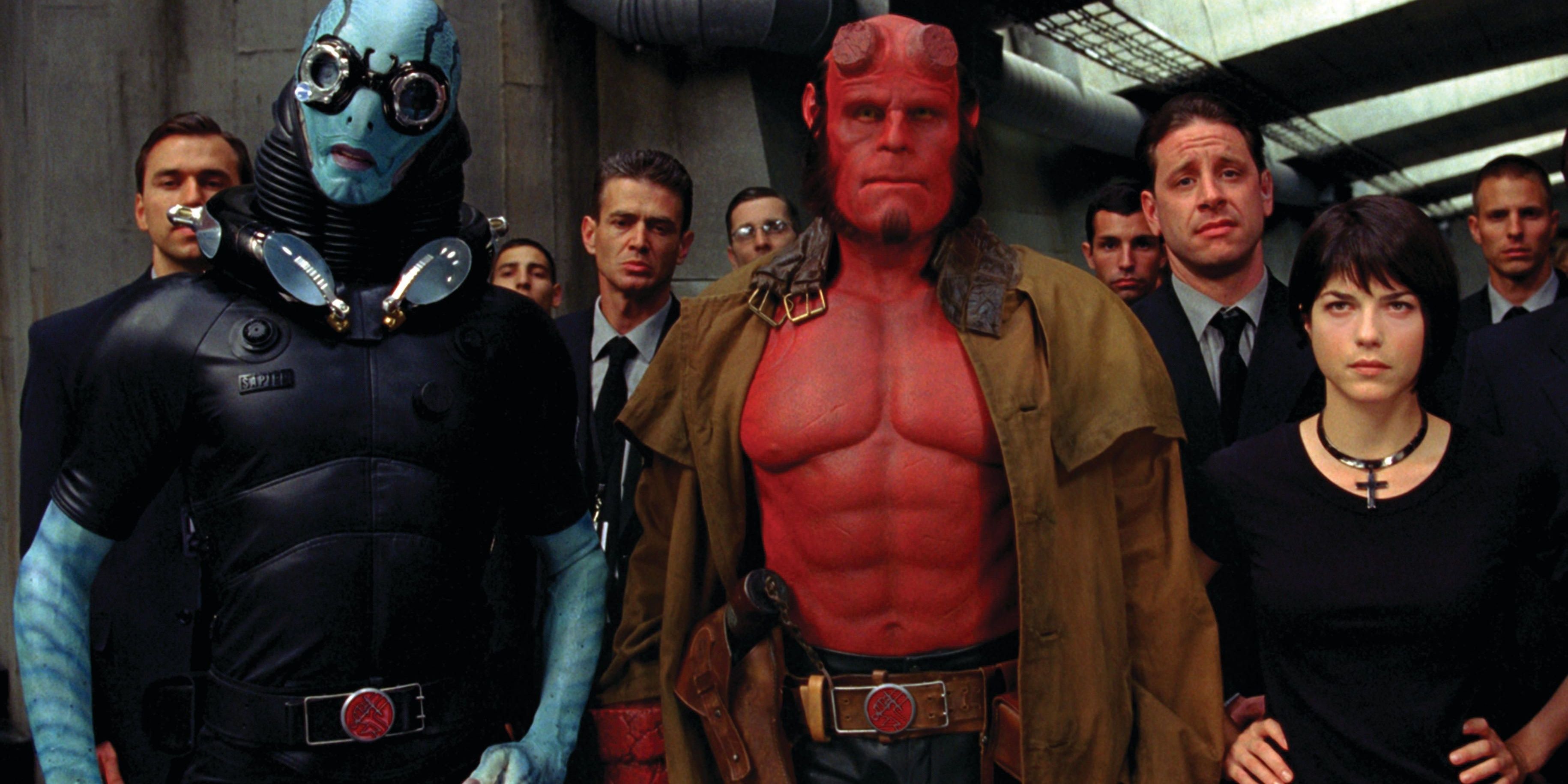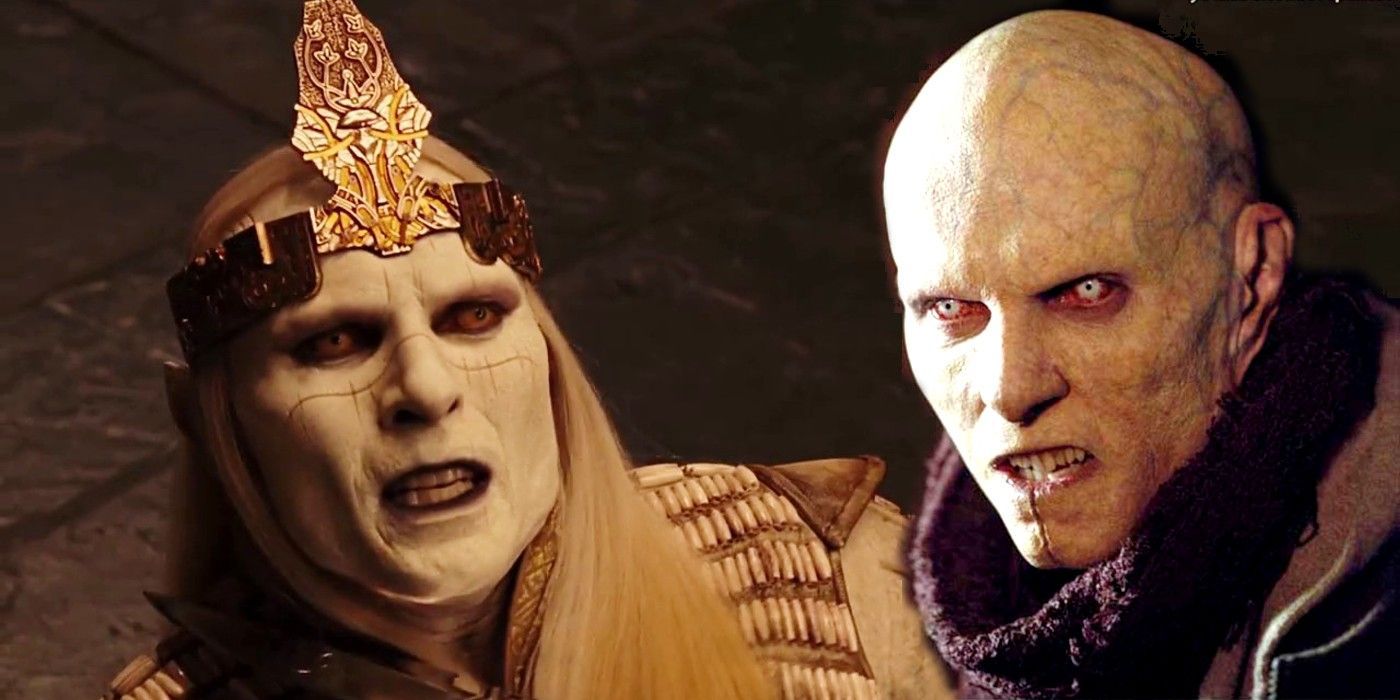Before the Marvel Cinematic Universe dominated the genre with DC Comics sprinting to catch up, Dark Horse Comics held a tiny corner in the Comic Genre of films. In 2004 they would release Hellboy as written and directed by Guillermo del Toro, with story by Peter Briggs, based on the graphic novel Hellboy: Seed of Destruction by Mike Mignola. Over fifteen years and an academy award later, it’s hard to believe Hellboy and its sequel Hellboy II: The Golden Army were hard fought by del Toro to get to screen. Even stranger to see the path of director Guillermo del Toro from comic book shattered trilogies to Best Picture as begun by a half-vampire and a half-demon.
The early 2000s were not a great time for comic book adapted films. A lack of success in formerly popular characters like Superman along with terrible responses to indie characters like Howard the Duck didn’t engender much confidence in producing more properties in the genre. The films were there such as Blade, Tank Girl, and Mystery Men, but regardless of box office success (or lack thereof) comic book films slid very quickly into “cult” fandom. Hellboy was no exception.
Featuring an indie character, with at the time lesser-known Ron Perlman attached and being based on occult concepts around the same release time as The Passion of the Christ (which had caused a spike in piousness popularity in the public), Hellboy felt like it dropped out of nowhere. A modest commercial and review success, Hellboy would go on to be defined as a “cult” favorite, paving the way for del Toro films to explore fantasy and magic within a dark storybook plot. A story of a forgotten son on unearthly origins, willing to destroy the world in order to remake it in his image or be destroyed himself. The plot of Blade II.
In the current aftermath of del Toro’s tour de force of labyrinths and magic and sexual awakenings with otherworldly creatures in film, it’s often forgotten that Blade II, the sequel to the Wesley Snipes led Blade, is part of Guillermo del Toro’s filmography. Blade released in 1998 and based on the Marvel character Blade, a half-vampire half-human slayer, was a commercial success and set off the rise of Marvel films and arguably the normalization of dark superheroes that directors such as Christopher Nolan would utilize some years later.
In 2002, del Toro came on to direct Blade II with a script written by David Goyer. The Wesley Snipes sequel would also find commercial success as well as mixed reviews, citing a lack of plot and character development in the story of Blade battling a group of mutant vampires led by mutant vampire Patient Zero Jared Nomak as played by Luke Goss. Truthfully, the finished film does feel thin in places, however, Luke Goss’s investment in the mutant vampire Nomak is mesmerizing.
Del Toro was interested in a Hellboy trilogy all the way back to 2004’s release of the original film, hoping to release the second installment in 2006. Unfortunately due to budgets, production companies switching hands, and all the normal pitfalls that befell comic book movies in the early aughts, Hellboy II wouldn’t be released until 2008.
In-between, del Toro would write and direct 2006’s Pan’s Labyrinth another dark fantasy-inspired film that would go on to be nominated in 2007 for six Academy Awards and win three (Best Make-Up, Art Direction, and Cinematography). These accolades would seemingly only embolden del Toro and the Hellboy sequel, with a story by creator Mike Mignola as well, would move away from the Nazis and mad scientists of its predecessor in favor of a plot inspired by the mythological.
2008’s Hellboy II: The Golden Army finds Hellboy battling underworld Prince Nuada, cast away by his father, who plans to reclaim Earth for his magical kindred at the destruction of humanity or himself. With Prince Nuada played by Blade II alum Luke Goss.
Hellboy II: The Golden Army earned accolades from critics and fans alike. The choice to move away from the comic plotlines in favor of an original story, paired with truly beautiful practical effects, created one of the most romantically stirring films in the Comic Genre to exist. However, it's hard to ignore that it’s the same plot as 2002’sBlade II. The antagonist is even played by the same actor. Even further, the visual themes of 2006’s Pan’s Labyrinth are everywhere and while the third Hellboy film never happened, is that not an Abe Sapien-alt in Guillermo del Toro’s 2018 Academy Award for Best Picture and Best Director winner The Shape of Water (with Doug Jones starring no less)?
Of course they’re all reminiscent of each other. The rise of Marvel (and to an extent DC), while awesome, has created rigidity in the Comic Book genre of films. A pattern towards recreating success where a superhero film like Blade II or Hellboy can still barely exist even if they get the green light to production. For proof, look to the 2019 panned-everywhere Hellboy reboot featuring Stranger Things darling David Harbour.
Like action films after Bourne Identity and horror films after Scream, there’s not too much room for a truly odd and ambitious comic book movie at the moment. There will never be a third film in the original Hellboy trilogy and the Comic Book genre is bigger than ever. So kudos to the comic nerd that is Guillermo del Toro who rolled a boulder of bizarre concepts through comics all the way to Best Picture.

